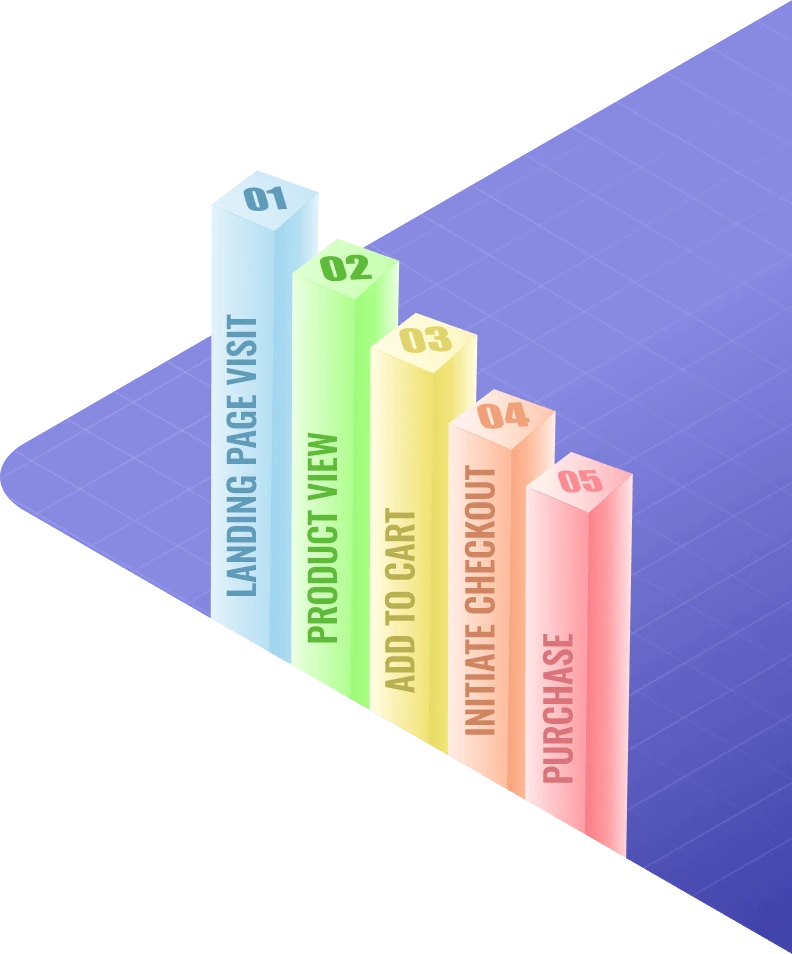At our digital marketing agency, we’re often asked: “What works? Display ads? Mobile?” There are so many to chose from.
Our short answer: all of them. Our longer answer is that there isn’t one product, platform or solution that is going to solve your advertising woes and churn out leads and customers — but there are many that will. The key is to have an understanding of each platform and a strategy of how to employ them to work for you.
Years ago, advertising was largely broken out by television, print, radio, and outdoor. Advertisers would “try” each platform, stick with one or two methods and conclude, “nothing but (insert platform) works for my business.” That kind of thinking is still prevalent today, although it is greatly flawed. Digital is the latest addition to the marketing mix, and it’s a complex ecosystem consisting of multiple platforms that are often wrapped up as just “digital.”
Savvy advertisers have always understood that they need to use a mix of ad platforms. They’ve also understood the importance of having a strategy for each. To use an advertising platform correctly, you must first realize that the results of Ad Platform A cannot be compared to the same standard as Ad Platform B. While the underlying message they carry may be the same, they reach audiences in different ways, and audiences engage with them in different ways. Don’t expect their inner workings and results to be the same or even compare. For example, TV and radio are both considered broadcast platforms, but any savvy ad executive knows that the return yielded from each will be different. The same is true for digital platforms: retargeting, display, and mobile are three completely different animals and should be utilized and deployed with respect to their differences.
The goals and strategy of each platform are not — and should not — be the same. Audiences will engage with each on a different level thereby producing different results. Each platform engages consumers at different stages of the sales funnel. Once the advertiser understands the appropriate strategy behind each platform and the results expected from each, we can begin to craft a winning campaign.
Traditionally, there are five parts of the sales funnel that a consumer will travel through on their way to becoming your customer:
Unawareness – The consumer is unaware of your company and what you offer.
Awareness – The consumer is aware of your company and what you offer.
Interest – The consumer has an interest in your company and what you offer. He or she is beginning to take steps in becoming a customer.
Decision – The consumer is actively seeking what you offer and is trying to become a customer.
Action – The consumer is buying what you offer.
After a customer cycle through each stage of the funnel, deliver the consumer to your business so he or she takes action and becomes your customer. After this conversion, deliver a high level of customer service so that the customer delivers a referral.
We hear from clients that word-of-mouth is their favorite form of advertising, and we agree. Nothing is more powerful than word-of-mouth. Our goal is to cycle more people through the sales funnel so you generate more customers who generate more word-of-mouth referrals for your business. This world-of-mouth generated by an advertising campaign is invaluable, it’s like your campaign has a half-life, and makes your ad dollars go further. Consider this the sixth part of the sales funnel:
Referral – The customer has purchased your product or service and is now able to influence their friends and families who are also in need of what you offer.
Each platform we work with has an area of the sales funnel that it thrives in. Each area of the sales funnel needs to be active in order to move a consumer through your sales funnel. Each area of the funnel is dependent upon the other to bring in consumers, and as an assembly line, the consumer must pass through each stage of the sales funnel in order to be a qualified candidate for the next. Consumers rarely jump or skip stages of the sales funnel for any item other than an impulse buy.
Expectations of each platform must be calibrated to the area of the sales funnel the platform thrives in. An advertiser must not confuse the results or performance of one platform with another. Each platform should be used for its defined area of the sales funnel, and its results measured based on expectations of (and performance for) that stage of the sales funnel. Other mitigating factors that impact performance are target geography, messaging, applied data, destination, etc.
To recap, a successful digital ad campaign must address each stage of the sales funnel. The campaign should consist of multiple platforms targeting consumers in different stages of the sales funnel. Doing so will effectively draw in, process, and convert leads for the business.


